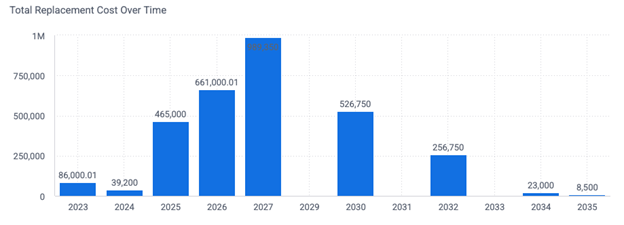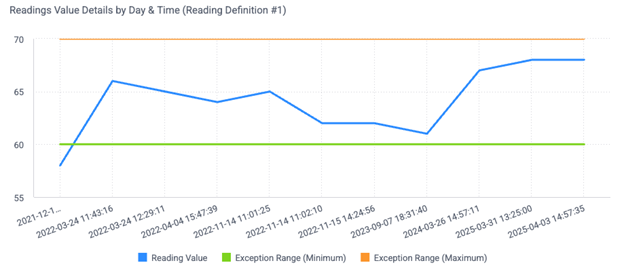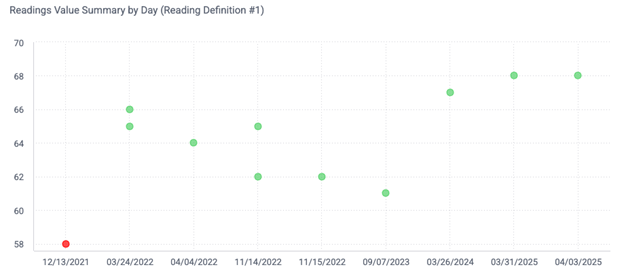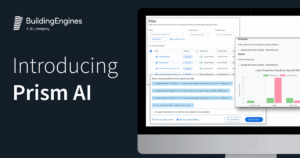In 20 years, approximately 80% of the UK’s current building stock will still be in use. This means that a significant portion of existing buildings, including industrial and commercial structures, will continue to be used despite the age of the structures. Most of these buildings will face considerable challenges to meet changing demands from occupiers and legislation.
The facts are on the table – the future of real estate requires real investment, especially to extend the life of the UK’s aging buildings. And repurpose, refit and re-use is going to be critical to making this future exercise work.
But where to start? What tools and techniques can we involve?
Prism can provide data-driven insights that enhance decision-making throughout the retrofit project lifecycle. Here’s how you might implement technology within your retrofit delivery framework.
Pre-construction phase
Before refit, it’s critical to consider what “stays and goes.” For example – are there void spaces that could be repurposed? How much plant and machinery could be replaced to provide better energy efficiency? If you already have Prism in place, there is a wealth of data to help drive these considerations.
Prism can provide baseline performance data of the existing building through:
- Energy consumption analysis, to benchmark against similar buildings
- Space utilization patterns, such as floorplans, occupancy, and service history, to identify optimization opportunities
- Historical operational cost data, to establish ROI metrics for proposed interventions
This data helps establish clear, quantifiable objectives for the retrofit and creates a solid business case for specific interventions.

Design phase
As vision becomes reality, the design phase helps you cement what outcomes should look like.
Leverage Prism’s analytics to:
- Model different retrofit scenarios and their projected performance impacts
- Evaluate technology options based on real property performance data rather than theoretical estimates
- Prioritize interventions that address actual building performance gaps identified through the Prism platform
Construction phase
Even whilst refit is ongoing – there must often still be service and operational provisions to tenants in some part of the demise and tracking to the outcomes.
During implementation, Prism can support:
- Progress tracking against established performance metrics
- Real-time monitoring of any temporary systems during phased retrofits
- Documentation of building conditions before systems or components are modified

Commissioning and handover
Practical completion is the most complex step – the handover from project to operational requires acceptance – both by operator and owner.
Prism provides significant advantages during this critical phase:
- Establish new performance baselines as systems come online
- Compare actual performance against design targets in real-time
- Become the comprehensive digital documentation of all new and modified systems
Validate that performance improvements meet the project requirements

Post-retrofit operation
After handover of course there is the new normal – this is where Prism comes into its own – realising the maximum value of the refit spend.
The ongoing value proposition includes:
- Continuous performance monitoring to ensure retrofit benefits are sustained
- Early identification of any systems not performing to specification
- Data-driven maintenance scheduling based on actual equipment performance
- Documentation of ROI achievement/capital return for stakeholders
Things to consider when integrating technology
Prism gives a wealth of reporting and response tools to buildings having their face lift – but as always there are key considerations when injecting technology into your baseline requirements. Keep these top tips in mind when looking to leverage tech like Prism for your retrofitting projects:
Incorporate your tool’s data requirements into your project specifications
- Ensure compatibility between new building systems and the platform
- Define clear data handover protocols in your project execution plans
- Include technology training for facilities staff in your project scope
By implementing JLL Prism as part of your retrofit strategy, you can create a continuous feedback loop between building performance data and project decisions, ultimately delivering more successful outcomes with verified, measurable improvements.
It’s not a case of whether you should include Prism, but how you consider Prism.












